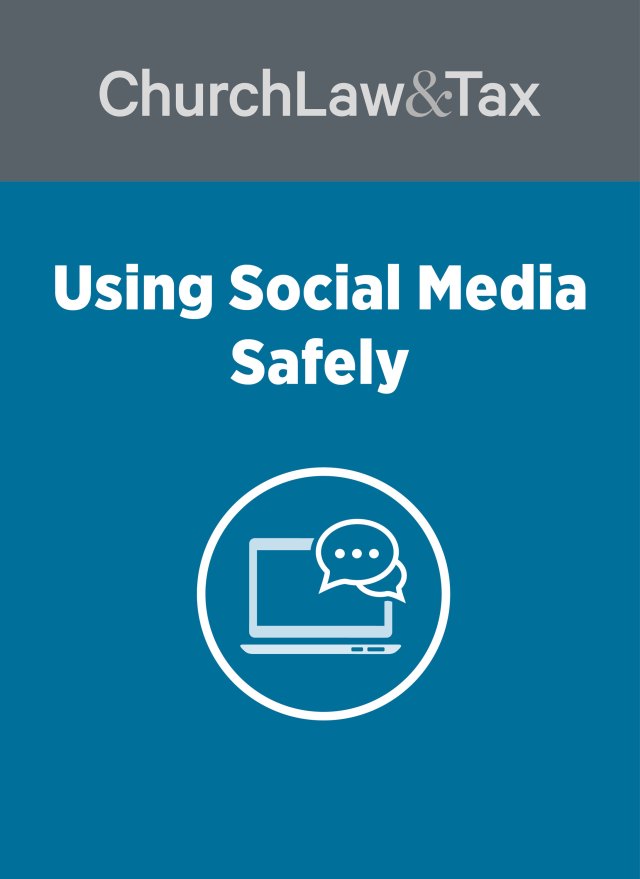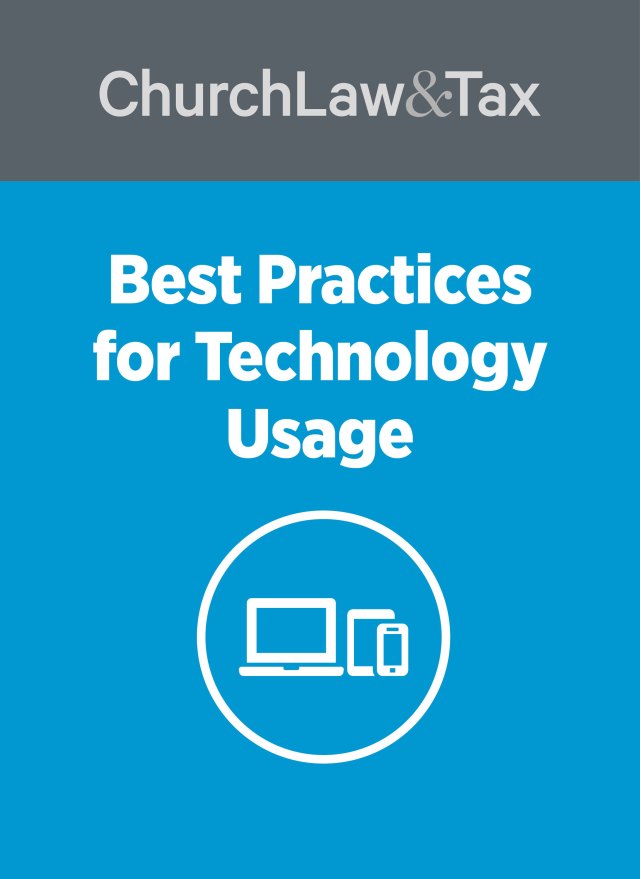• Key point 9-05.08. Copyright infringement occurs when one violates any one or more of the exclusive rights of a copyright owner.
* A federal appeals court ruled that a religious chorus did not infringe upon the copyright of an allegedly similar song composed by another songwriter a few years earlier. A composer (“Ron”) wrote the song “Before His Eyes” in 1969. He recorded an album containing “Before His Eyes” on the Charisma record label in 1970, and it was later released to the public for sale. Ron has no records of any royalties from the album. In 1976, an associate pastor (“Bob”) of a church in Seattle wrote the chorus “Emmanuel.” The chorus first appeared in a collection of eleven choruses entitled Choruses From The King’s Temple, 1976 Book and was used by the church in their worship services. In 1983, C.A. Music acquired the copyright in “Emmanuel” and licensed the song to dozens of companies. To ensure proper title to the copyright in “Emmanuel,” C.A. Music acquired several affidavits from eye witnesses who testified that they watched Bob independently create the song. Since then, “Emmanuel” has appeared in a number of Christian denomination hymnals, and has been translated into dozens of foreign languages. For much of the 1980s and 1990s, it was ranked in the top 20 requested songs rated by Christian Copyright Licensing, Inc., a copyright clearinghouse company that monitors and reports licensing transactions for Christian music.
From 1989 until 1998, Ron was a part-time organist at a local church. As an organist, he played for choir rehearsals three times a week and played from hymnals which included “Emmanuel.” He admits to using these hymnals, but claims that he did not discover “Emmanuel” until 1997.
In 1999, Ron filed a copyright infringement lawsuit against various music publishers, churches, and Christian bookstores (the “defendants”), alleging that the chorus “Emmanuel” was based on the chorus section of “Before His Eyes,” and that the song was being published, marketed, promoted, and distributed without his permission. The defendants insisted that Bob composed “Emmanuel” independently and without any access to the song “Before His Eyes.” They further argued that “Emmanuel” was not substantially similar to “Before His Eyes” because the lyrics, chord progressions, and keys of the two compositions were different. Additionally, they asserted that Ron’s lawsuit was barred by the three-year statute of limitations that applies to copyright infringement claims.
Ron countered by claiming that Bob did have access to “Before His Eyes” because it was promoted at concerts, churches, television, and radio stations. Further, he contended that the two works were strikingly similar and that the three year statute of limitations should not bar his claim because he did not discover the alleged infringement until 1997. A federal district court dismissed Ron’s lawsuit, and he appealed.
A federal appeals court noted that Ron had to establish two facts in order to succeed with his infringement claim: (1) he owned a valid copyright in “Before His Eyes,” and (2) Ron copied “elements of the copyrighted work that are original.” To establish copying, Ron had to show that Bob had access to “Before His Eyes,” and that “Emmanuel” is so substantially similar to “Before His Eyes” that “an average lay observer would recognize the alleged copy as having been appropriated from the original work.” Proof of access and substantial similarity “raises a presumption of copying which may be rebutted by the defendants with evidence of independent creation.”
The court noted,
Even a casual comparison of the two compositions compels the conclusion that the two compositions are practically identical. Given the limited number of musical notes (as opposed to words in a language), the combination of those notes and their phrasing, it is not surprising that a simple composition of a short length might well be susceptible to original creation by more than one composer. This is particularly true in certain genres of music where familiar phrasing is present. Here the genre is church music. We are only dealing with a basic melody—not lyrics or harmonic background or accompaniment—here, only a short melody is at issue. However, in the realm of copyright, identical expression does not necessarily constitute infringement. Just as two paintings of the same subject in nature may appear identical, the two paintings’ origins may be of independent creation. We have cautioned trial courts “not to be swayed by the fact that two works embody similar or even identical ideas.”
The court noted that Bob could “fully negate any claim of infringement if he can prove that he independently created ‘Emmanuel.'” If he could do so, then Ron would have the burden of proving that Bob in fact copied “Before His Eyes.” The court concluded that there was substantial evidence that Bob independently created “Emmanuel.” He claimed to have independently created “Emmanuel” during a church service, and did not use any pre-existing material (sheet music, hymnals, etc.) as a basis for the song. In addition, he produced affidavits of several witnesses who corroborated his independent creation of “Emmanuel” during a church service. Ron failed to produce any evidence to contradict these allegations. Therefore, Bob’s testimony “constitutes uncontradicted evidence of independent creation, which fully negates any claim of infringement.”
The court also concluded that “Emmanuel” was independently created by Bob because he had no access or reasonable opportunity to view “Before His Eyes.” In responding to Ron’s claim that his song had enjoyed widespread publicity, the court noted that he had received royalties of only $11.
Application. This case is relevant to any church staff member who composes music. So long as a composer can demonstrate independent creation of a song, it will be difficult for the composer of another song to prove copyright infringement even if the two songs are similar. In some cases, however, independent creation may be difficult to prove, especially if the songs are strikingly similar. Calhoun v. Lillenas Publishing, 298 F.3d 1228 (11th Cir. 2002).
© Copyright 2003 by Church Law & Tax Report. All rights reserved. This publication is designed to provide accurate and authoritative information in regard to the subject matter covered. It is provided with the understanding that the publisher is not engaged in rendering legal, accounting, or other professional service. If legal advice or other expert assistance is required, the services of a competent professional person should be sought. Church Law & Tax Report, PO Box 1098, Matthews, NC 28106. Reference Code: m36 c0503

